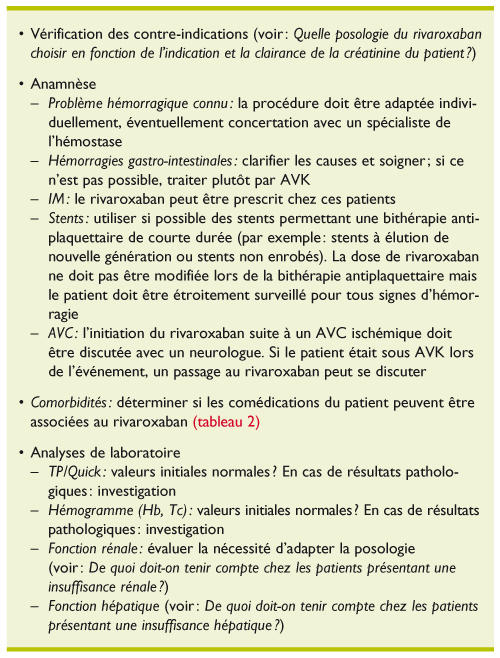The prescription of medications requires particular attention, especially when it comes to anticoagulants such as rivaroxaban. Its ability to prevent thromboembolic events and reduce the risk of strokes makes it a common choice in the treatment of various cardiovascular conditions. However, this therapeutic advantage comes with a complex set of side effects and contraindications that must be known to ensure safe and effective use. Rivaroxaban, while beneficial for many patients, poses significant risks for those suffering from liver damage, vascular abnormalities, or malignant neoplasms, among others. Health professionals must therefore be vigilant and well-informed to avoid complications that may arise from inappropriate prescribing. It is essential to carefully evaluate each patient’s medical history to determine if rivaroxaban is suitable for their condition while weighing the benefits against the potential risks. This methodical approach ensures that patients receive appropriate care tailored to their health status.

Rivaroxaban, commercially known as Xarelto, is an oral anticoagulant that is part of antithrombotic medications. Used primarily to prevent venous thromboembolic events as well as strokes (CVA) in patients with atrial fibrillation, it works by inhibiting a key factor in blood coagulation, thereby reducing the risk of clot formation.
The Side Effects of Rivaroxaban
Any prescription of medication, and particularly anticoagulants, must be accompanied by a good understanding of their side effects. Regarding rivaroxaban, the side effects can vary depending on the dose and individual sensitivity of the patients. Among the most common adverse effects, we observe:
- Hemorrhages: Bleeding is the main risk associated with rivaroxaban, ranging from mild bleeding, such as an episode of epistaxis, to more severe cases such as gastrointestinal or intracranial hemorrhages. Patients must be informed of the need to be cautious with injuries and to report any signs of excessive bleeding immediately.
- Skin reactions: Rashes, itching, and sometimes allergic reactions may occur. These effects should be monitored to determine if a cessation of treatment is necessary.
- Reduced efficacy: There is also a risk that rivaroxaban may not be fully effective in some patients, particularly those with genetic characteristics or drug interactions.
For more information on the side effects and risk management associated with the use of rivaroxaban, you can refer to specialized resources such as Vidal.
The Contraindications of Rivaroxaban
It is essential to fully understand the contraindications of rivaroxaban before its integration into a treatment plan. The following conditions are considered absolute contraindications for the use of this medication:
- Liver impairment: Patients suffering from severe liver impairment, particularly those with coagulopathy, should not receive this treatment due to the increased risk of bleeding it entails.
- Major vascular anomalies: Patients with a history of aneurysms or intracerebral and intrathecal vascular anomalies should avoid the use of rivaroxaban. The risk of serious complications is too high in these circumstances.
- Malignant neoplasms: The use of rivaroxaban is contraindicated in patients with malignant neoplasms at high risk of bleeding, again due to the significant risk of hemorrhagic complications.
- Breastfeeding: Women who are breastfeeding should also avoid this medication, as the effects on the infant may be concerning.
It is essential to consult prescription recommendations, particularly those provided by health organizations such as HAS, to ensure that the decision to prescribe rivaroxaban is well-founded.
In summary, the prescription of rivaroxaban requires particular attention to potential side effects and contraindications. A rigorous assessment of risks and benefits is essential to ensure patient safety while aiming to prevent thromboembolic complications. Additional and detailed information is available for those looking to deepen their understanding of oral anticoagulants and their use in clinical practice, particularly through articles available on Global Santé and other online resources.













